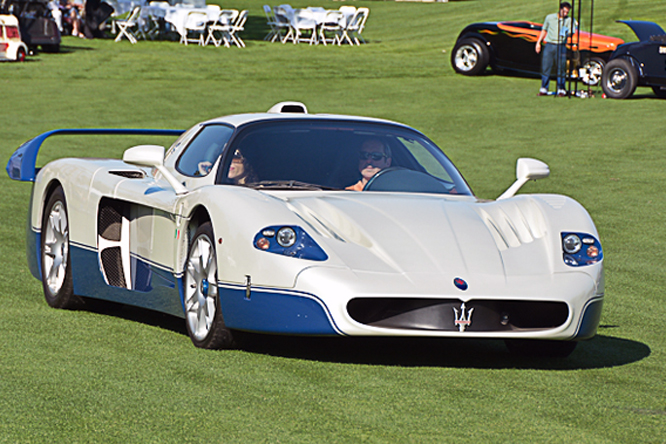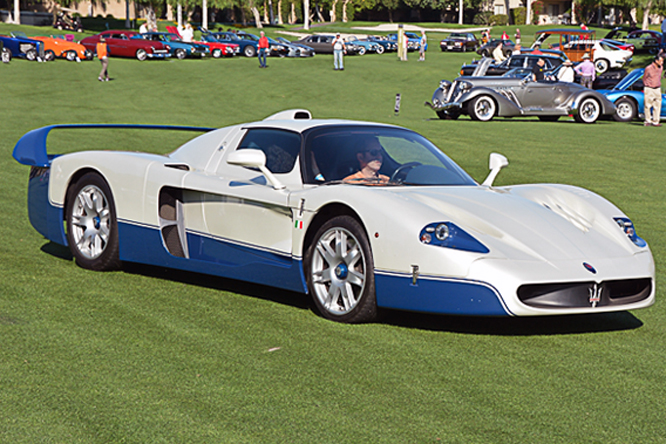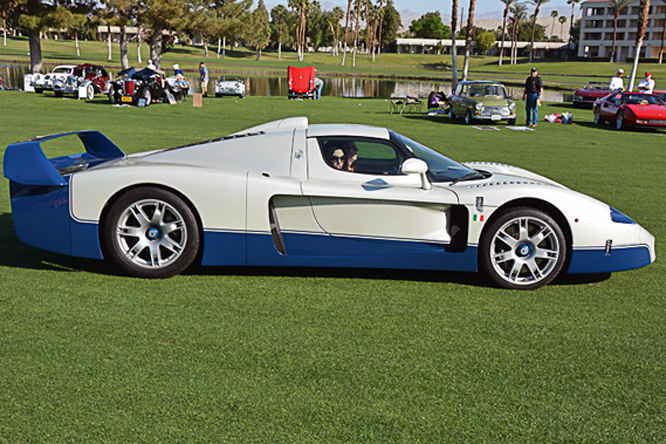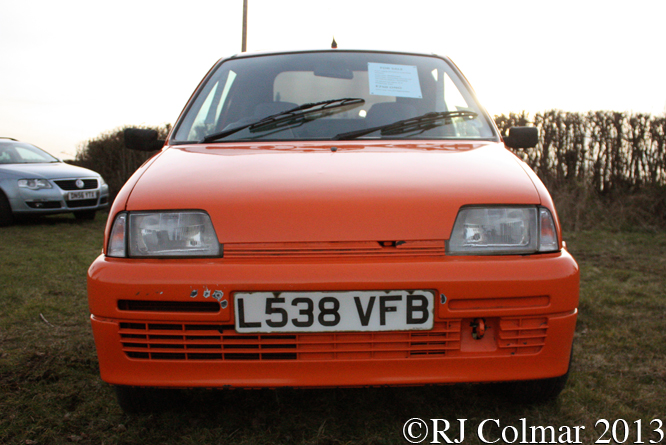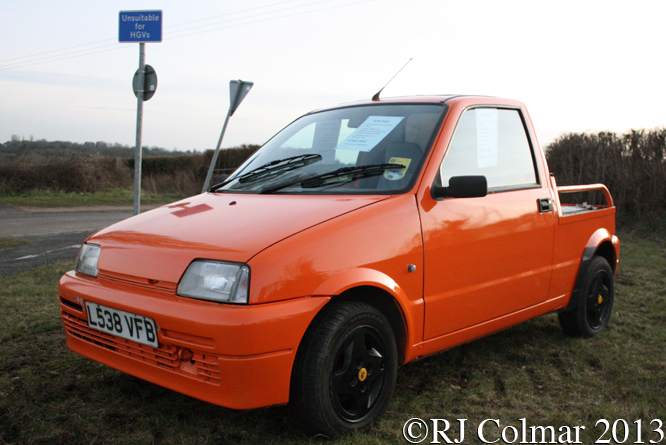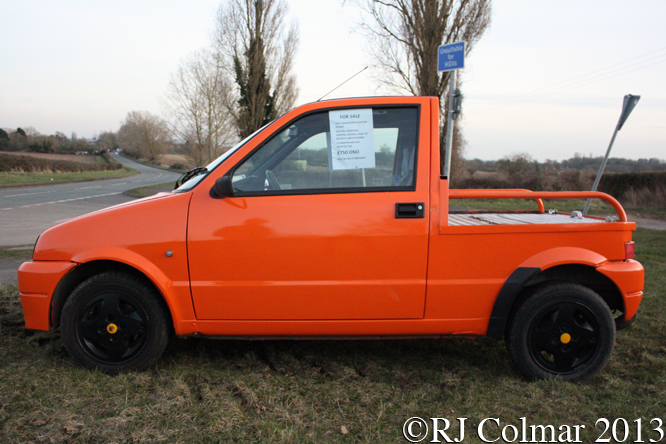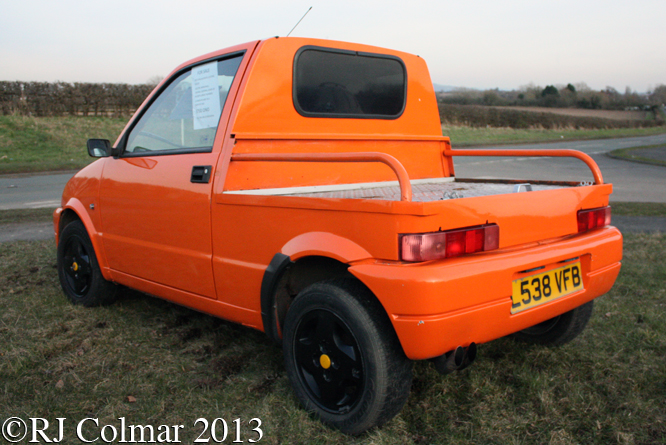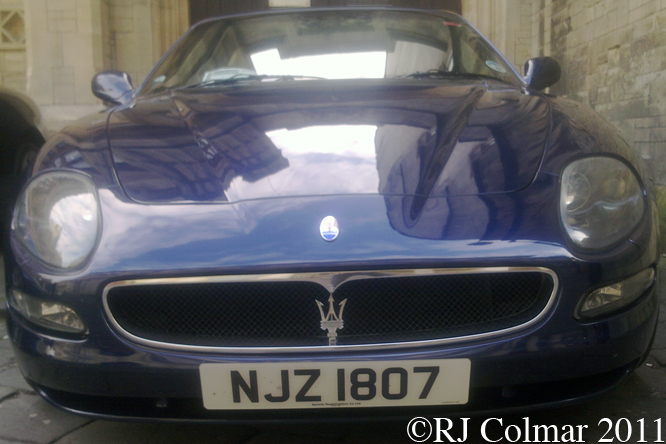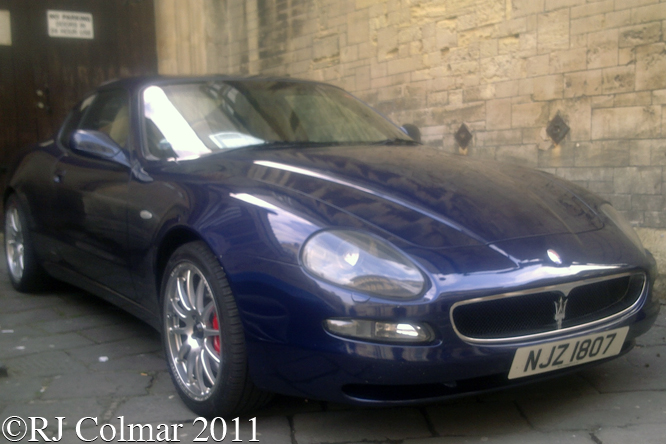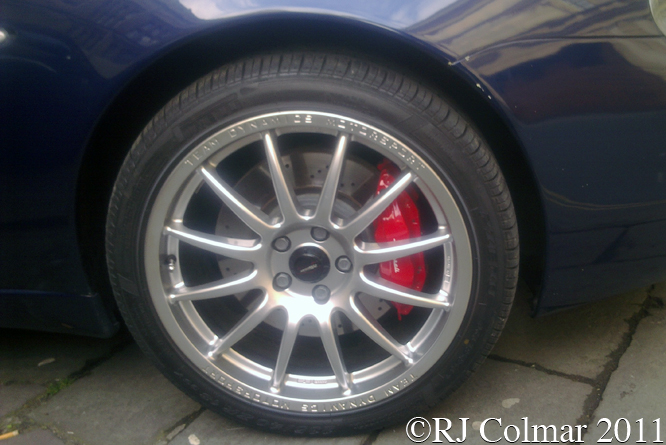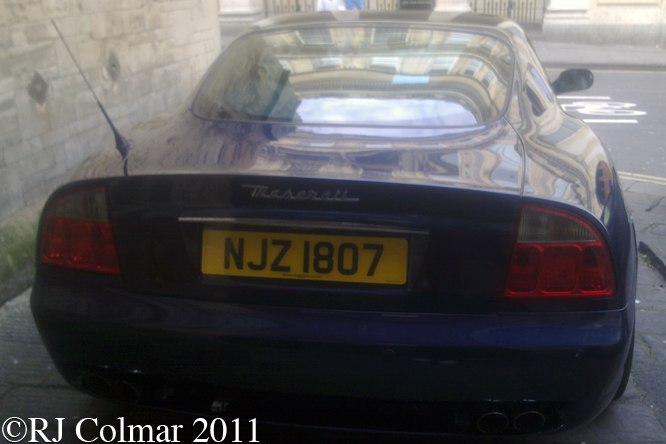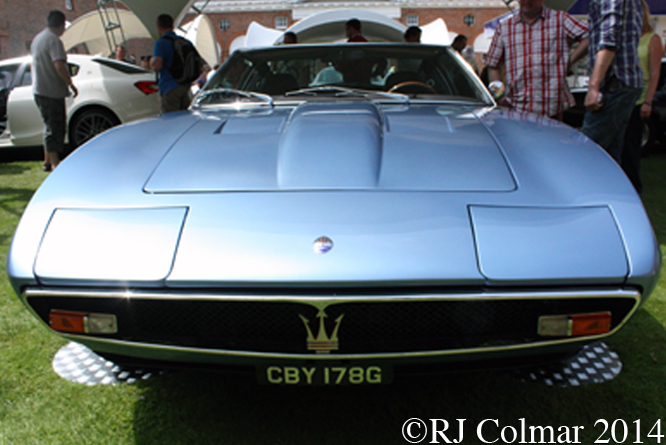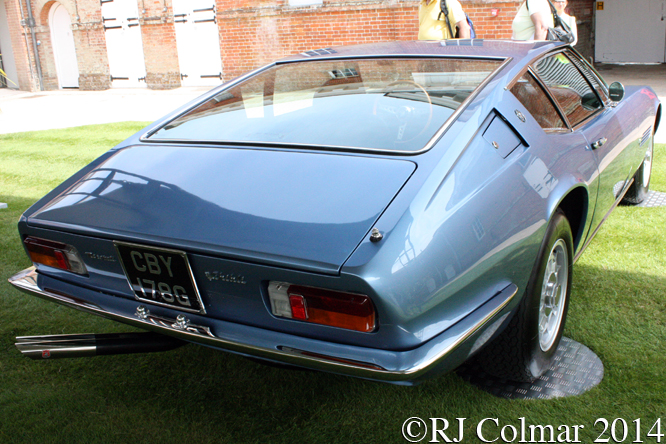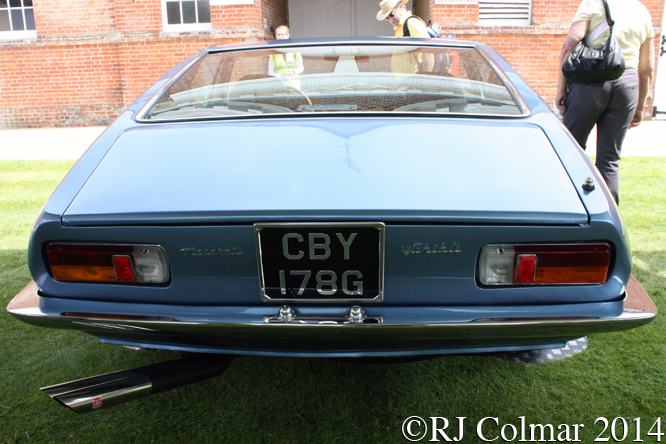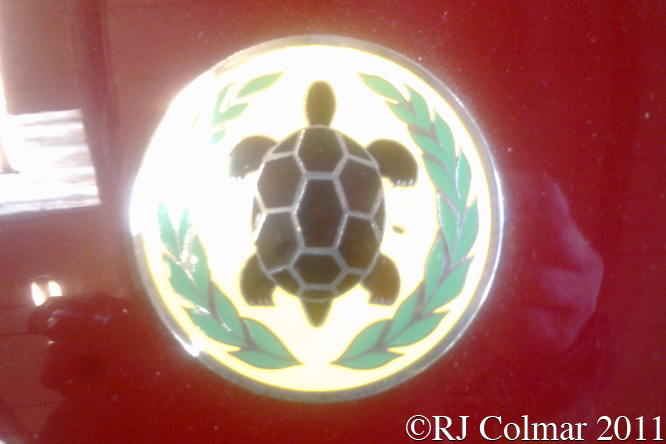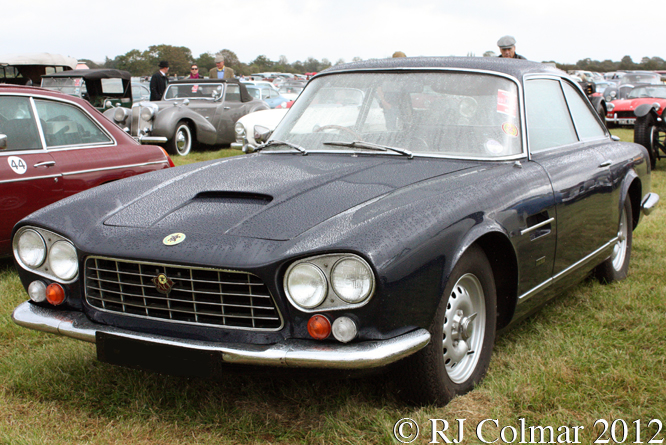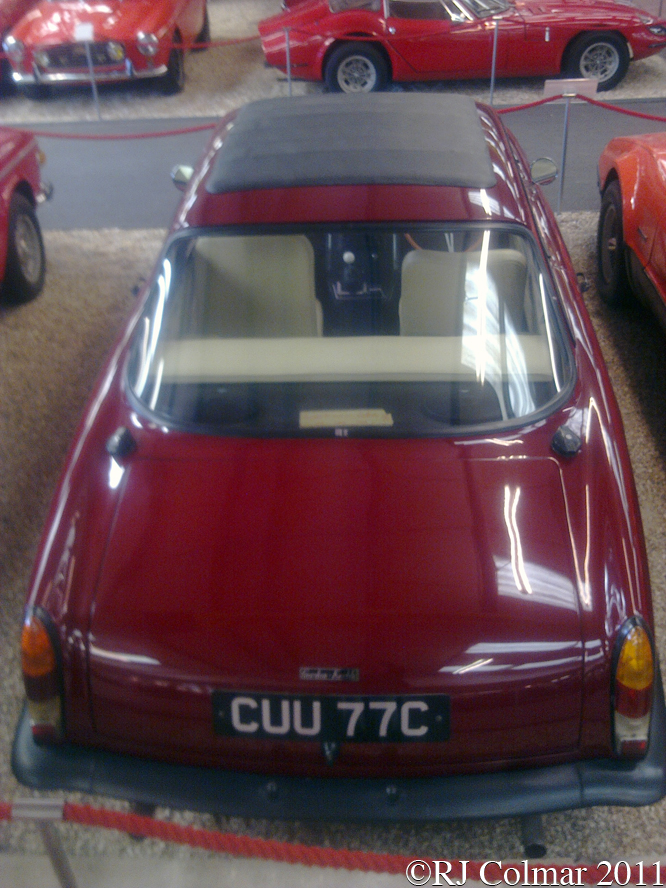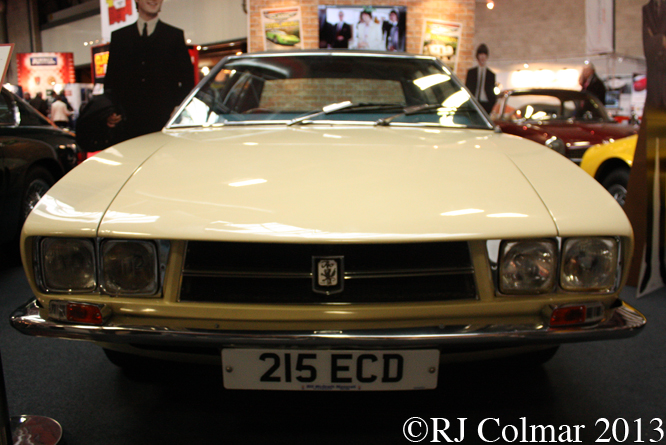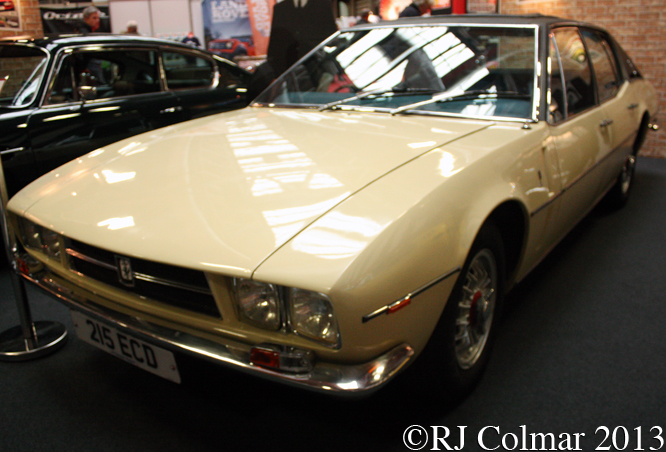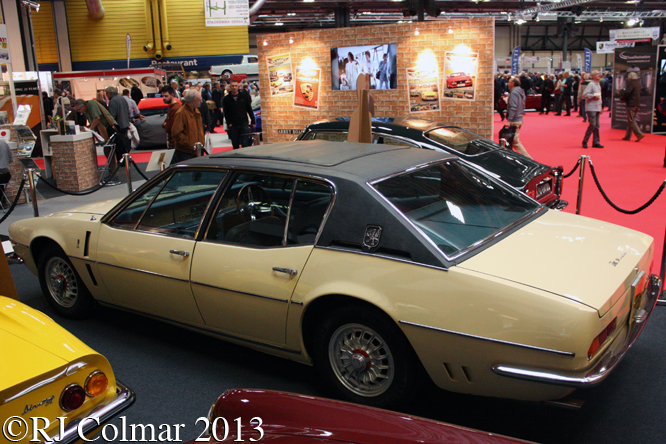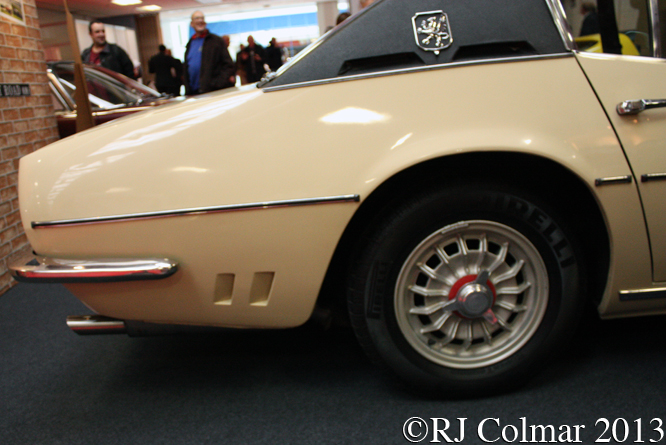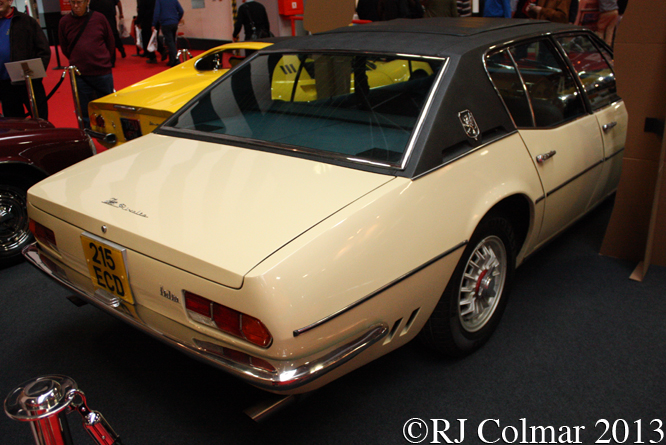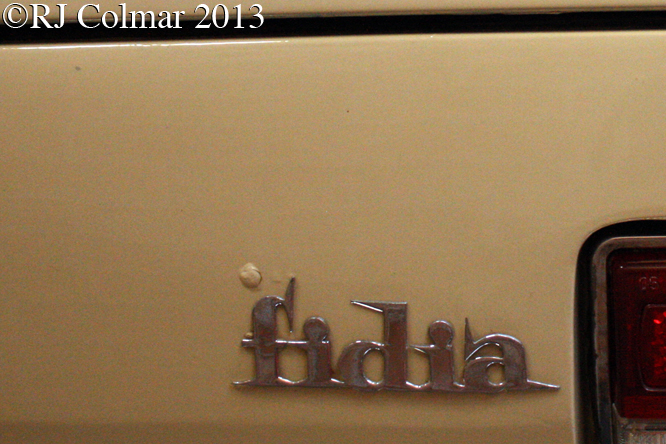John DeLorean was an experienced auto industry executive with time spent at Packard and General Motors where he was responsible for overseeing the introduction of the Pontiac GTO and Firebird muscle cars amongst other models in the GM range when he decided he could do it all better himself in 1973 and founded the DeLorean Motor Company with a vision to build a US$12,000 2 seat sports car.
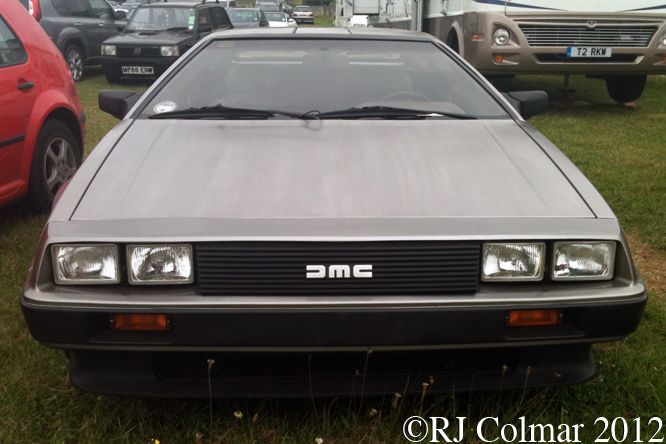
In 1976 the prototype DeLorean appeared with a body designed Giorgetto Giugiaro featuring gull wing doors and bare metal finish panels clothing a fibre glass body. A centrally mounted Citroen / NSU wankel motor mounted on a revolutionary Elastic Resevoir Moulded (ERM) chassis had been envisaged at this stage.
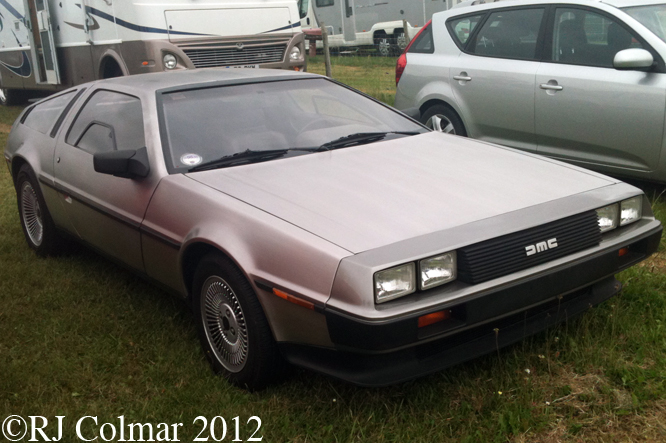
As the dead line approached for manufacturing to begin it became apparent that neither the wankel motor or the ERM chassis was not up to job and Colin Chapman’s Lotus was given the task of re engineering the car which included using a steel back bone chassis and suspension similar to that used in the Lotus Esprit but with a Peugeot/Renault/Volvo aluminium block V6 (PRV V6) mounted behind the rear axle.
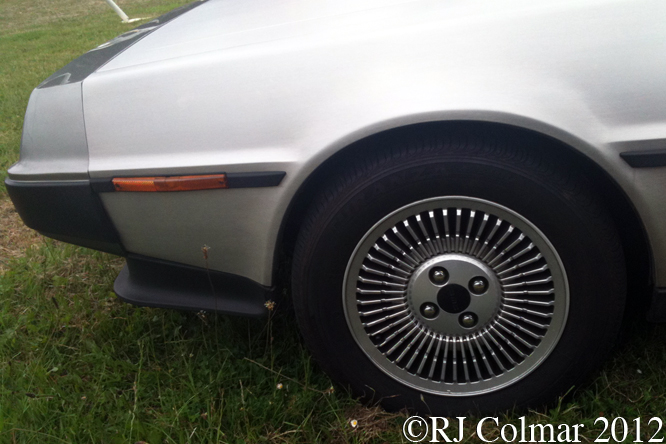
By 1981 DeLorean had secured $120m of funding to build a factory in the suburbs of Belfast, Northern Ireland and Renault had met it’s contractual obligations to build the facility. Quality issues had not been fully ironed out as production got underway in January 1981 with a largely inexperienced workforce earning premium wages.
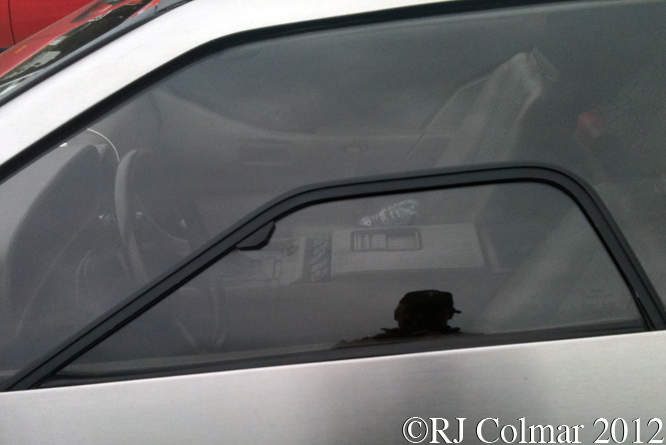
All DMC-12’s were built with left hand drive as standard, two batches of cars totaling less than 30 vehicles in all were converted by Wooler-Hodec Ltd to RHD specification, today’s featured car seen at last years Goodwood Festival of Speed is not one of them.
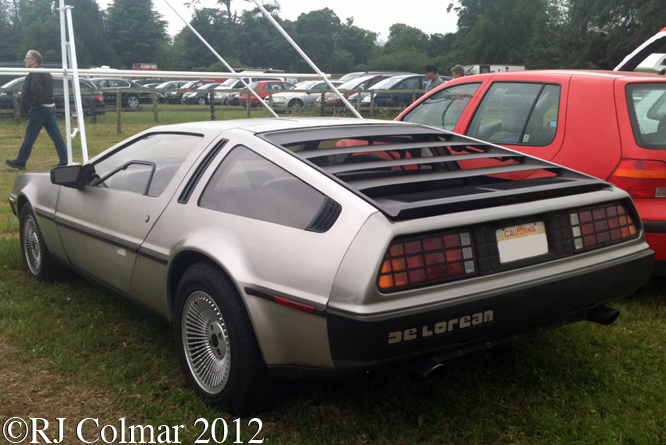
Clothed in SS304 brushed stainless steel panels which by design were nearly impossible to paint and repair, most damaged panels having to simply be replaced, the only options on the DMC-12 were manual or automatic transmission and black or grey interior.
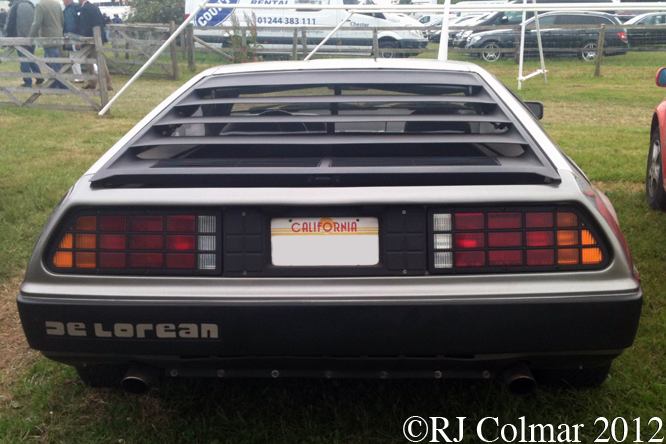
Although big enough to comfortably seat John DeLoreans 6′ 4″ frame the DMC-12 was not particularly well received by the press, it’s US spec 130hp failed to give the kind of performance expected from a car with a US$25,000 dollar sticker price. Road & Track recorded a 0-60moh time of 10.1 seconds with a US spec car while the European Spec DMC-12 with 150 hp managed a more respectable time of 8.8 seconds.
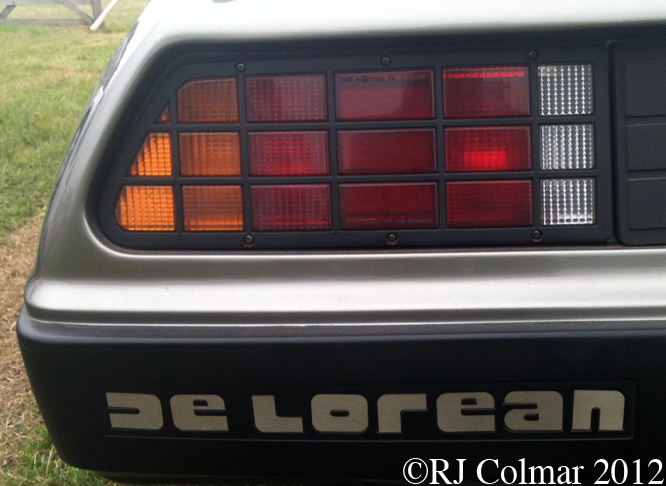
It is thought that 9000 DMC’s were built up until the end of production when the UK Government pulled the plug on the project, at the time US agencies appear to have been involved in entrapping John DeLorean into a drug deal as he attempted to find the funds to save his company. John was arrested but successfully defended himself with a government entrapment plea.
In 1985 a DMC-12 became the star in the first of the Back to the Future film Trilogy. In 2008 DMC-12 production restarted in Humble, Texas on a build to order basis using many original parts that were in stock when the original factory was closed. There are even plans for an electric DMC-12 to enter production this year.
Thanks for joining me on this “Time Machine” edition of “Gettin’ a li’l psycho on tyres” I hope you will join me again tomorrow. Don’t forget to come back now !
